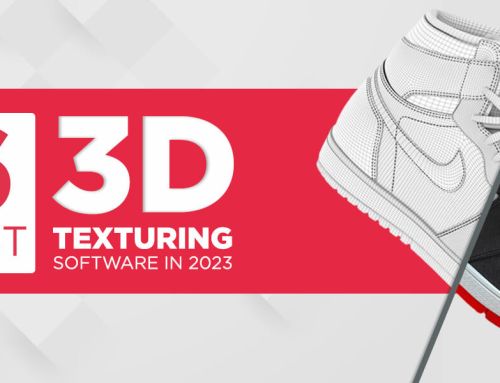Today, augmented reality (AR) and virtual reality (VR) are common words that are used a lot. But did you know there’s another term called mixed reality (MR)? Like AR, MR brings into and merges digital elements with the real world, but more convincingly. That’s why many think they both mean the same thing.
But if you’re planning to use any of these reality technologies, you should know what each of them is. If you know what makes them different, you’ll be able to pick the technology that suits your needs the best.
So, how about we get into the details and learn more about AR and MR?
What is augmented reality?
Augmented reality’s the real-time integration of digital visual elements, sounds, text, graphics, and other digital elements with the user’s environment and real-world objects. In simple words, AR overlays virtual elements over a real-world environment to improve the user experience.
What is mixed reality?
Mixed reality is an immersive way of experiencing videos that blend the digital and physical worlds using modern technology. It immerses you in such a way that interactions with the computers and the digital environment feel natural and intuitive. It displays 3D models on top of your real-world view to make it seem that the virtual and physical elements are interacting.
Mixed reality vs. augmented reality: how do they differ?
Level of immersion
As the term suggests, augmented reality elevates the user’s physical environment by superimposing AR 3D models over the real world. It only offers a partially immersive experience.
The immersion in mixed reality is much deeper, as it lets you interact with the real and virtual worlds. Users can interact with the virtual elements like they would with real objects, only through a touchscreen.
Use cases
Many industries use AR to support, enhance, and simplify operations. For example, IKEA has an AR app that allows customers to place virtual versions of furniture in their homes to see how they will look. In the medical field, healthcare professionals use AR-powered diagnostic tools to research diseases.
Mixed reality, on the other hand, is a relatively new technology. That is why its uses aren’t very developed, and not many industries have adopted the technology. Currently, it is most suitable for use in collaborations and when you need to interact with real-world controllers and objects.
That said, companies like Microsoft (HoloLens) and Meta (Meta Quest) are working to make the use of mixed reality more common. Even IKEA has delved into mixed reality. IKEA Kreativ is an app that lets you ‘erase’ existing furniture and replace it with IKEA products for better visualization.
Devices used
Augmented reality can be experienced by using smartphones, tablets, heads-up displays, AR glasses, smart lenses, and other devices. Although the device most commonly used by regular people is the smartphone.
For mixed reality, you require something more complicated than an interactive screen. You need a combination of cameras, sensors, and immense processing power for a seamless experience. It often uses VR hardware to allow users to view and interact with the virtual world and its elements. If a VR headset is used, a camera is mounted to allow the scanning of the user’s surroundings.
MR relies on gaze, gesture, and voice recognition technology gathered from a headset or motion controllers to blend the digital and real world.
Level of interaction
Augmented reality merely overlays a 3D digital object over a real-world environment. You can’t interact with the elements like you would in the real world, no matter how realistic it looks.
But, with mixed reality, you can interact with the real world and digital objects at the same time. Also, when you wear the MR gear and the digital content, it will react just like a real object would.
For example, a 3D object will move closer to you when you walk towards it. You will not get the same response from a virtual object with AR.
Let’s wrap up
At present, companies are focusing more on using augmented reality than mixed reality to grow their businesses. One of the important reasons is that AR technology is more accessible and affordable to regular people.
We’ve already seen how AR and MR differ, especially in their use cases. As AR has been around longer, it’s had more time to develop. It is also easy to create AR apps for smartphones or computers for people to use. Many tools and 3D design companies are available to help you build your own AR-based app with custom 3D models.
Mixed reality, on the other hand, is newer. Moreover, to experience mixed reality, you need to use more expensive immersive equipment. However, further developments are being made so MR hardware becomes more accessible as it has great potential for collaboration, interaction, and productivity.

